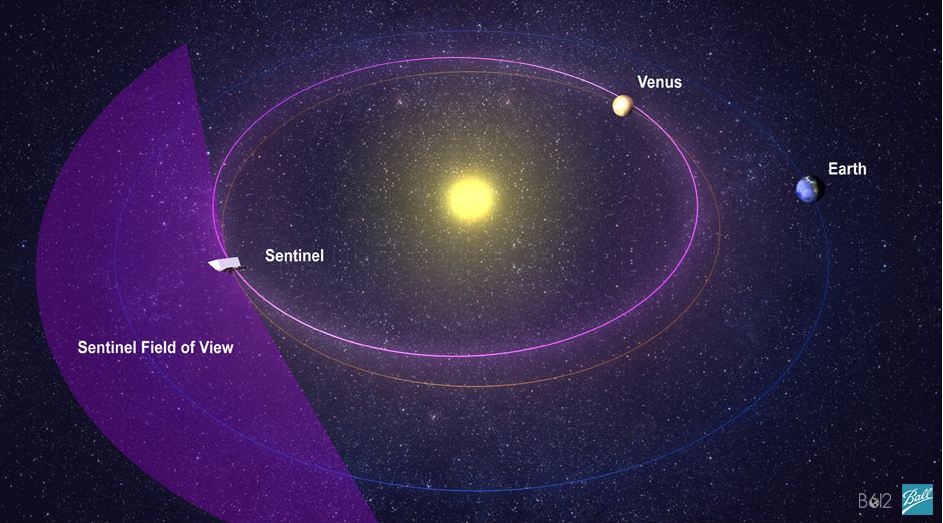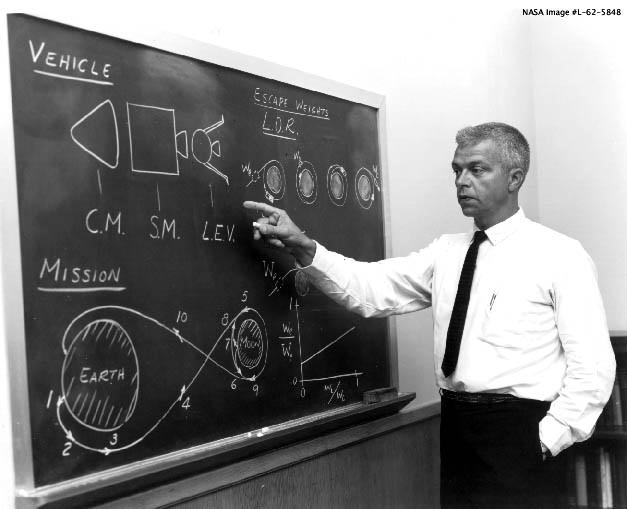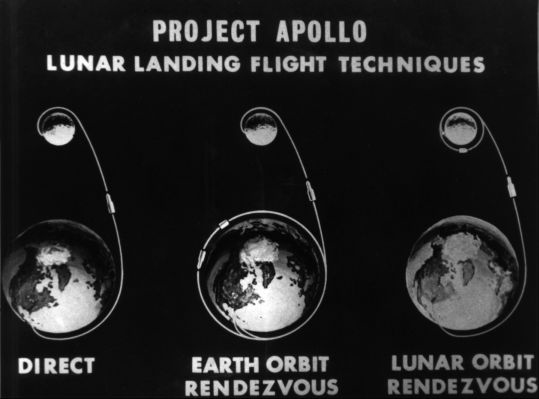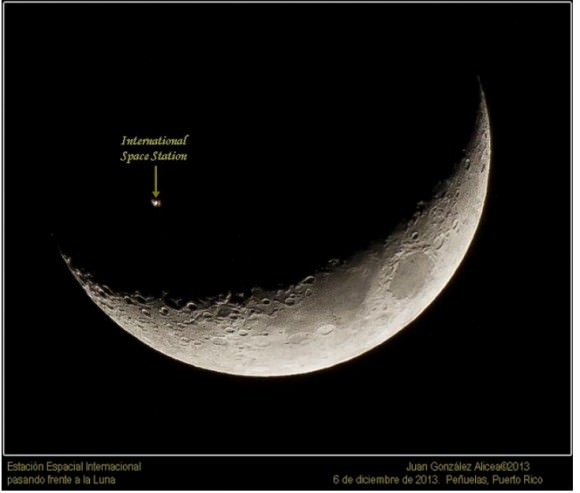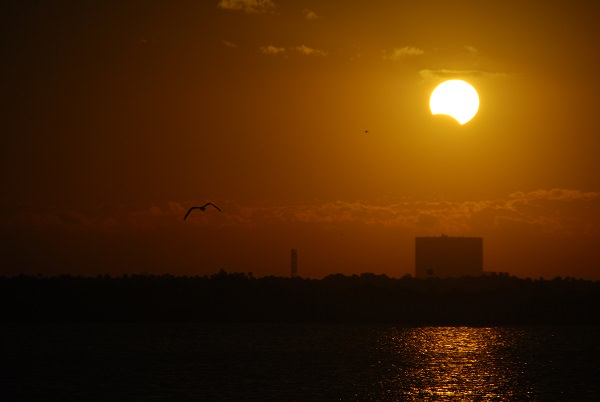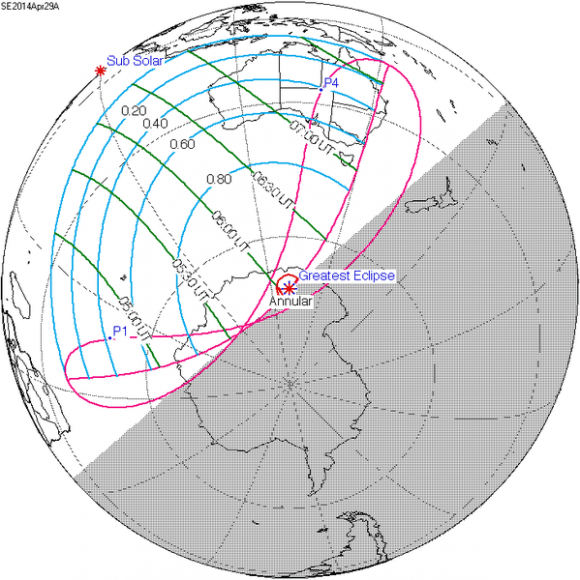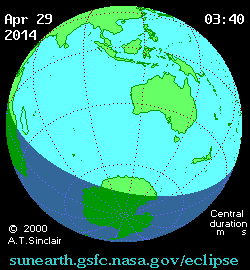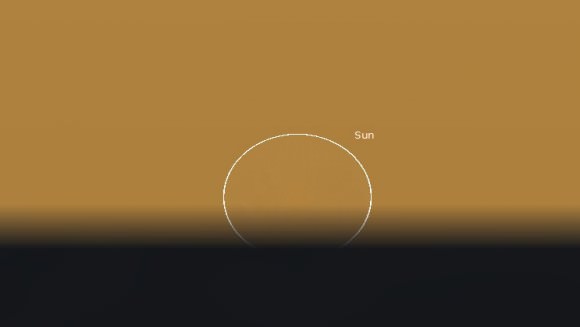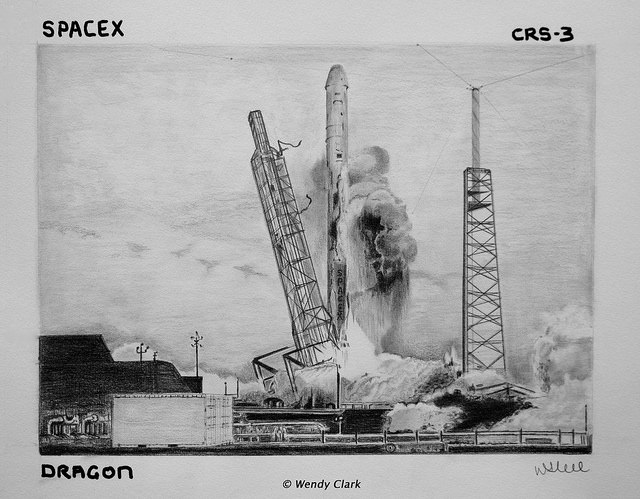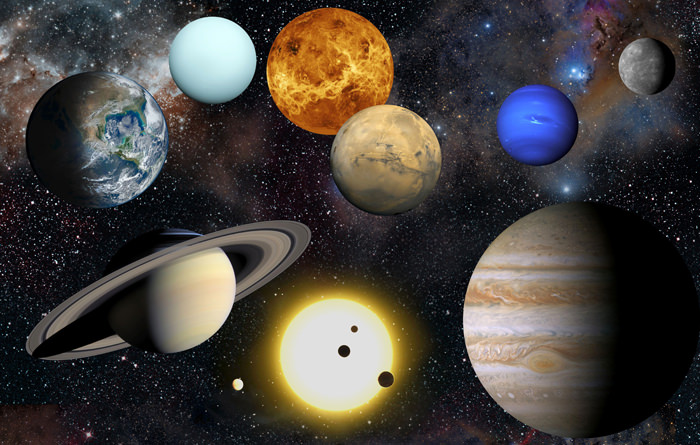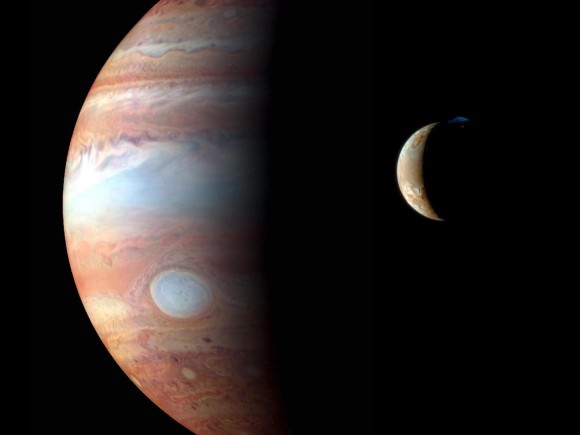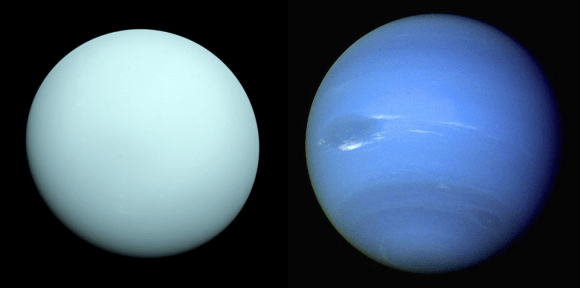“The fact that none of these asteroid impacts shown in the video was detected in advance is proof that the only thing preventing a catastrophe from a ‘city-killer’ sized asteroid is blind luck.”
– Ed Lu, B612 Foundation CEO and former NASA astronaut
When we think of recent large asteroid impacts on Earth, only a handful may come to mind. In particular, one is the forest-flattening 1908 Tunguska explosion over Siberia (which may have been the result of a comet) and another is the February 2013 meteor that exploded over Chelyabinsk, shattering windows with its air blast. Both occurred in Russia, the largest country on Earth, and had human witnesses — in the case of the latter many witnesses thanks to today’s ubiquitous dashboard cameras.
While it’s true that those two observed events took place 105 years apart, there have been many, many more large-scale asteroid impacts around the world that people have not witnessed, if only due to their remote locations… impact events that, if they or ones like them ever occurred above a city or populated area, could result in destruction of property, injuries to people, or worse.
(And I’m only referring to the ones we’ve found out about over the past 13 years.)
A new video released by the B612 Foundation shows a visualization of data collected by a global nuclear weapons test network. It reveals 26 explosive events recorded from 2000 to 2013 that were not the result of nuclear detonations — these were impacts by asteroids, ranging from one to 600 kilotons in energy output.
Update: a list of the 26 aforementioned impacts and their energy outputs is below:
8/25/2000 (1-9 kilotons) North Pacific Ocean
4/23/2001 (1-9 kilotons) North Pacific Ocean
3/9/2002 (1-9 kilotons) North Pacific Ocean
6/6/2002 (20+ kilotons) Mediterranean Sea
11/10/2002 (1-9 kilotons) North Pacific Ocean
9/3/2004 (20+ kilotons) Southern Ocean
10/7/2004 (10-20 kilotons) Indian Ocean
10/26/2005 (1-9 kilotons) South Pacific Ocean
11/9/2005 (1-9 kilotons) New South Wales, Australia
2/6/2006 (1-9 kilotons) South Atlantic Ocean
5/21/2006 (1-9 kilotons) South Atlantic Ocean
8/9/2006 (1-9 kilotons) Indian Ocean
9/2/2006 (1-9 kilotons) Indian Ocean
10/2/2006 (1-9 kilotons) Arabian Sea
12/9/2006 (10-20 kilotons) Egypt
9/22/2007 (1-9 kilotons) Indian Ocean
12/26/2007 (1-9 kilotons) South Pacific Ocean
10/7/2008 (1-9 kilotons) Sudan
10/8/2009 (20+ kilotons) South Sulawesi, Indonesia
9/3/2010 (10-20 kilotons) South Pacific Ocean
12/25/2010 (1-9 kilotons) Tasman Sea
4/22/2012 (1-9 kilotons) California, USA
2/15/2013, (20+ kilotons) Chelyabinsk Oblast, Russia
4/21/2013 (1-9 kilotons) Santiago del Estero, Argentina
4/30/2013 (10-20 kilotons) North Atlantic Ocean
(Source: B612 Foundation)
To include the traditonally macabre comparison, the bomb used to destroy Hiroshima at the end of World War II was about 15 kilotons; the Nagasaki bomb was 20.
This evening former NASA astronauts Ed Lu, Tom Jones, and Apollo 8 astronaut Bill Anders will present this video to the public at a live Q&A event at the Museum of Flight in Seattle, Washington.
CEO and co-founder of the B612 Foundation, Ed Lu is working to increase awareness of asteroids and near-Earth objects with the ultimate goal of building and launching Sentinel, an infrared observatory that will search for and identify as-yet unknown objects with orbits that intersect Earth’s. The event, titled “Saving the Earth by Keeping Big Asteroids Away,” will be held at 6 p.m. PDT. It is free to the public and the visualization above is now available online on the B612 Foundation website. A press event will also be taking place at 11:30 a.m. PDT, and will be streamed live here.
Currently there is no comprehensive dynamic map of our inner solar system showing the positions and trajectories of these asteroids that might threaten Earth. The citizens of Earth are essentially flying around the Solar System with eyes closed. Asteroids have struck Earth before, and they will again – unless we do something about it.
– B612 Foundation
Want to support the Sentinel mission? Donate online here.
Added 4/24: The April 22 press conference at the Museum of Flight can be watched in its entirety below:
Technical note: While B612 and Ed Lu are presenting a new visualization on April 22, the data behind it are not entirely new. Previous surveys on NEA populations have determined within reasonable parameters the number of objects and likelihood of future impacts of varying sizes using data from WISE and ground-based observatories… see a series of slides by Alan Harris of JPL/Caltech here. (ht Amy Mainzer)
Also, if you have questions on the asteroid visualization, there are some FAQs on the B612 site here.

